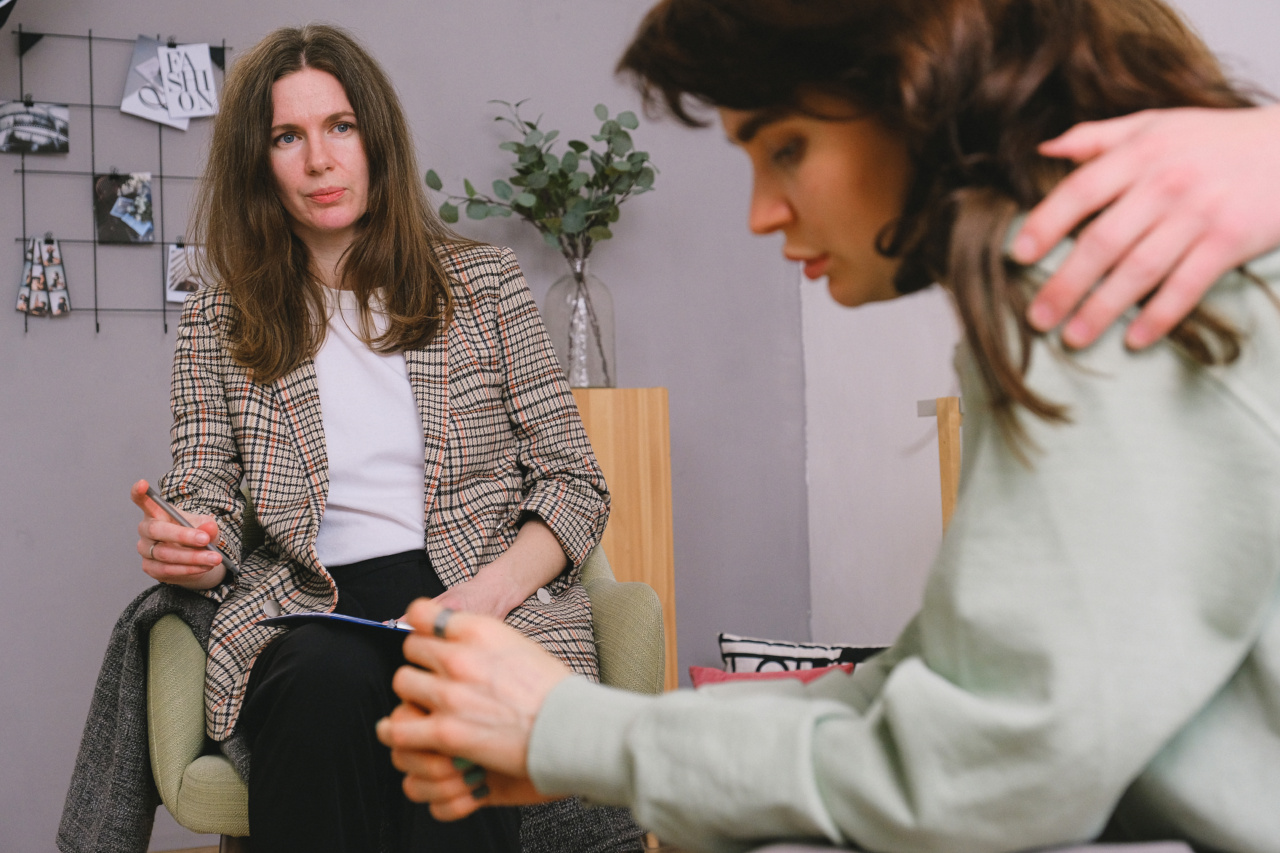The issue of antibiotic resistance has become a global crisis that threatens the effectiveness of our healthcare systems. Antibiotics, once hailed as miracle drugs, are losing their power to combat a wide range of bacterial infections.
In recent years, scientists have been exploring various avenues to tackle this crisis, and an unlikely solution may lie in the depths of the Female Gulf.
The Female Gulf
The Female Gulf, also known as the Gulf of Mexico, is a large body of water bordered by the United States, Mexico, and Cuba. It is an area teeming with biodiversity, supporting a wide range of species.
Underneath its surface, there exists a hidden treasure trove of compounds that could prove invaluable in the fight against antibiotic resistance.
The Search for New Antibiotics
Traditional antibiotics have largely been derived from microorganisms found in soil, but scientists are now turning their attention to the ocean.
The Female Gulf, with its unique ecosystem, offers a plethora of microorganisms that have evolved fascinating chemical defense mechanisms.
Unexplored Potential
While researchers have made significant progress in identifying promising compounds, there is still a vast untapped potential waiting to be explored.
Scientists estimate that less than 1% of the microorganisms in the Female Gulf have been studied, leaving a vast majority of potential antibiotic sources undiscovered.
Microbial Warfare
Microorganisms in the Female Gulf have evolved complex chemical defense mechanisms to survive in their harsh environment.
These defense mechanisms often involve the production of bioactive compounds that have the potential to inhibit the growth of other microorganisms, including bacteria.
Understanding Antibiotic Resistance
Antibiotic resistance occurs when bacteria adapt and become resistant to the drugs used to kill them. This resistance can arise through mutations or by acquiring resistance genes from other bacteria.
It is a growing concern as it limits our ability to treat infections effectively.
The Need for Novel Antibiotics
The development of new antibiotics is crucial to combat the increasing problem of antibiotic resistance.
Existing antibiotics are no longer effective against certain bacteria, and without new drugs, we are at risk of returning to a time when common infections could be deadly.
The Female Gulf’s Toolbox
Scientists have found that microorganisms in the Female Gulf produce an array of bioactive compounds that have the potential to be developed into new antibiotics.
These compounds exhibit unique structures and modes of action, making them attractive candidates for further research.
Overcoming Challenges
Exploring the potential of the Female Gulf for antibiotic discovery comes with its fair share of challenges.
The vastness of the ocean, the complexity of its ecosystems, and the need for sustainable harvesting methods are just a few hurdles that must be overcome for successful drug development.
Collaborative Efforts
Tackling antibiotic resistance requires concerted efforts from scientists, policymakers, and pharmaceutical companies.
Partnerships between researchers and industry experts can help bridge the gap between discovery and drug development, ensuring that promising compounds from the Female Gulf are studied further.
The Way Forward
Exploring the untapped potential of the Female Gulf’s microorganisms could hold the key to developing novel antibiotics.
Increasing research efforts, fostering collaborations, and implementing sustainable harvesting practices will be crucial in harnessing this potential to combat the antibiotic resistance crisis.






























